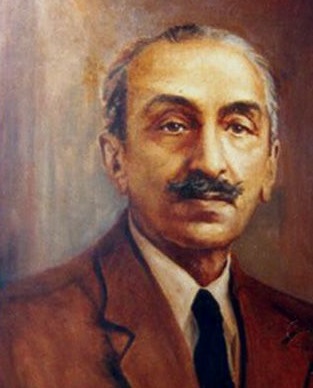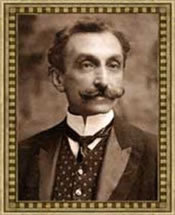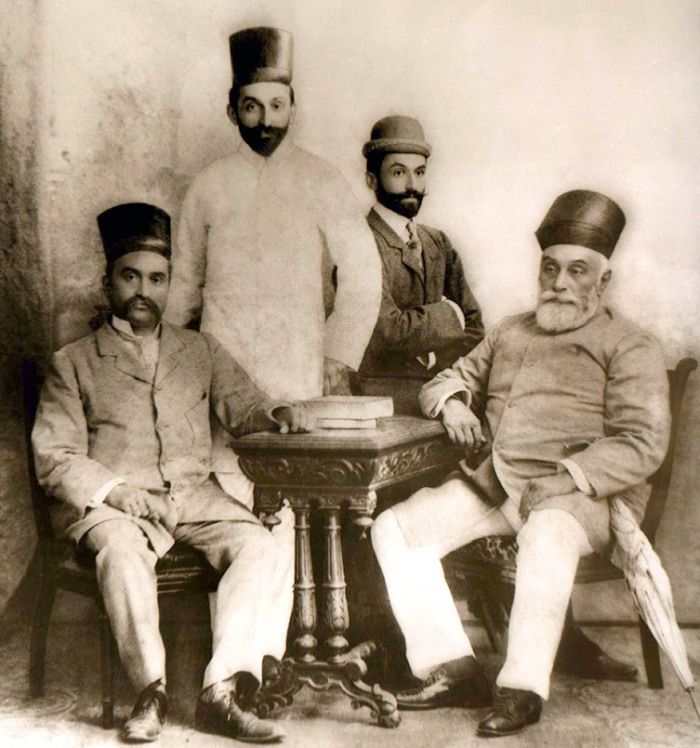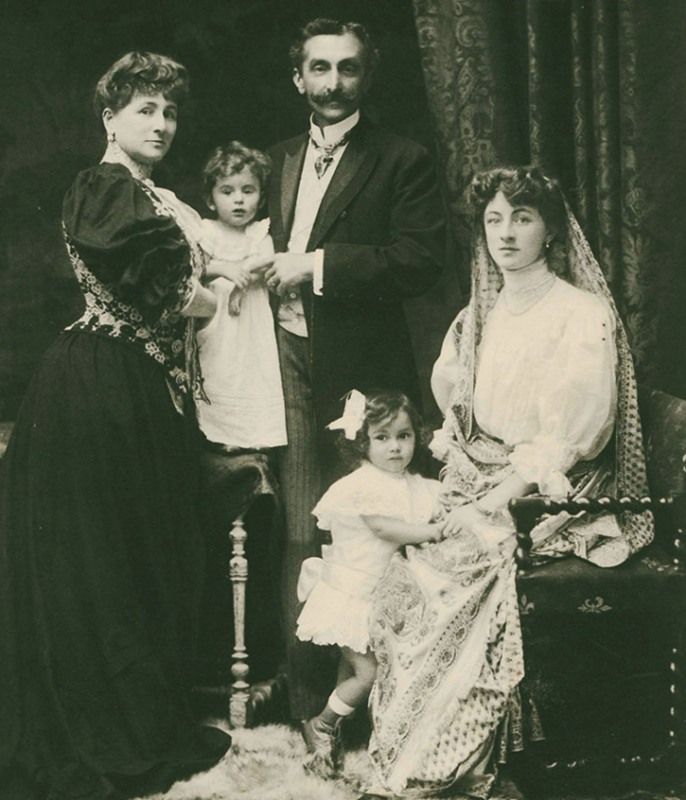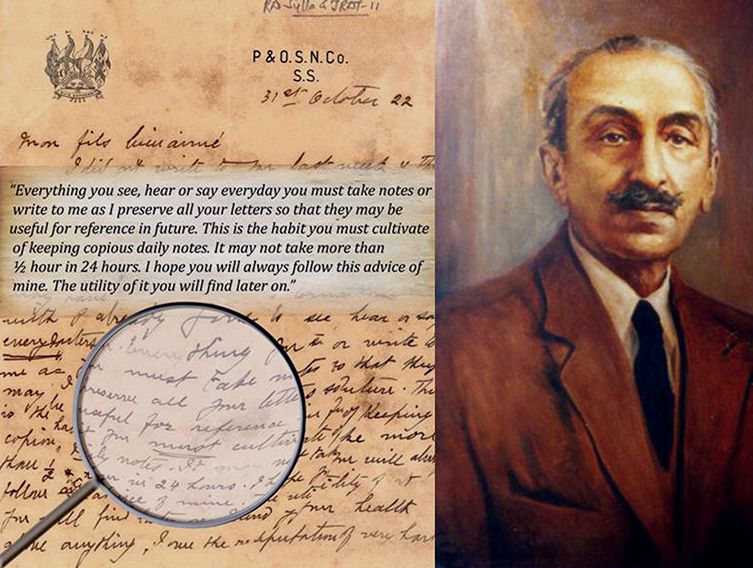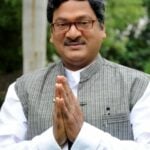Ratanji Dadabhoy Tata Age, Death, Wife, Children, Family, Biography & More
Quick Info→
Children: J.R.D. Tata
Death Date: 26/08/1926
Nationality: Indian
| Bio/Wiki | |
|---|---|
| Nickname | R.D. Tata |
| Profession | • Industrialist • Businessman |
| Career | |
| Honours and Achievements | Received the Rising Sun Honour, the highest distinction of the third-order by the Emperor of Japan. |
| Personal Life | |
| Date of Birth | 1856 |
| Birthplace | Navsari, Gujarat |
| Date of Death | 26 August 1926 |
| Place of Death | Hardelot, France |
| Age (at the time of death) | 70 Years |
| Nationality | Indian |
| Hometown | Bombay |
| School | Cathedral & John Connon School, Bombay |
| College/University | Elphinstone College, Bombay |
| Educational Qualification | Graduate [1]Tata Central Archives |
| Ethnicity | Parsi Priests |
| Relationships & More | |
| Marital Status (at the time of death) | Married |
| Marriage Year | • First Marriage: Unknown • Second Marriage: 1902 |
| Family | |
| Wife/Spouse | • First wife: A parsi girl, died after marriage • Second wife: Suzanne (Sooni) Briere, till death |
| Children | Son- 3 • Dorab (Businessman) • Jimmy (Businessman) • Jehangir (Businessman) Daughter- 2 • Sylla • Rodabeh 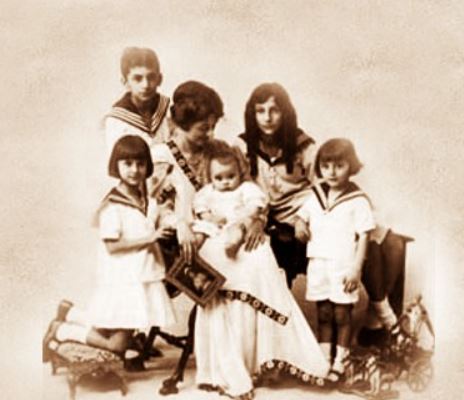 |
| Parents | Father- Dadabhai Kavasji (Businessman) Mother- Bhikhibai Tata [2]Tata Central Archives |
| Family Tree | 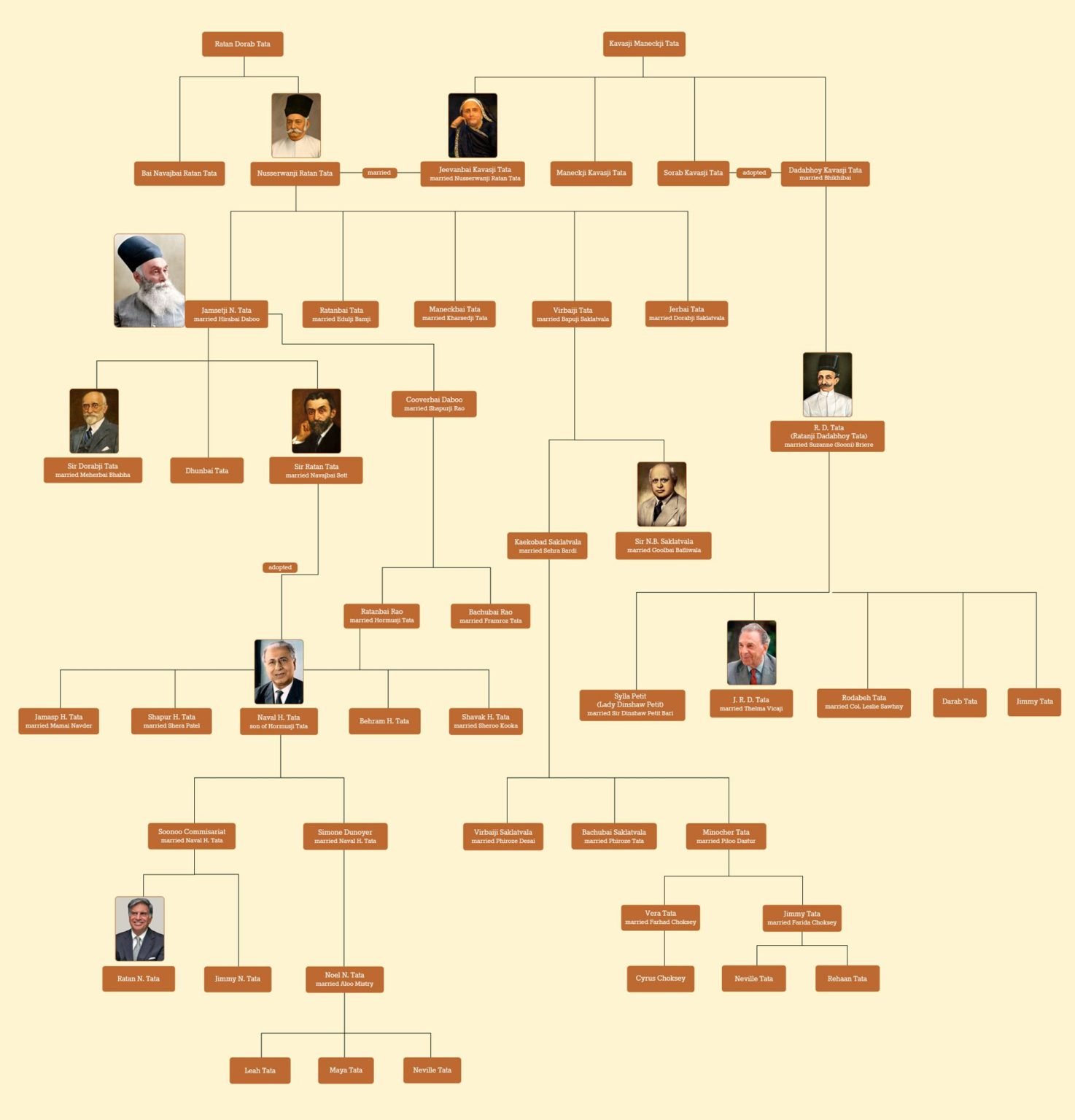 Note: To know more about the Tata family, read our Tata Family Tree post. |
Some Lesser Known Facts About Ratanji Dadabhoy Tata
- Ratanji Dadabhoy Tata (R.D. Tata) was an Indian industrialist and businessman who played a major role in acquiring success for the Tata Group. He was a member of the Board of Directors of Tata Steel and a working partner in Tata Sons who offered great support to the company during its struggle phase. He was the father of famous businessman and industrialist J.R.D. Tata who headed the Tata Group to new heights. [3]Tata Central Archives
- He was the first cousin of Tata Group’s founder, Jamsetji Tata, and had no siblings. He completed his graduation from Elphinstone College, Bombay, he went to Madras to pursue a course in agriculture. [4]Tata Central Archives
- After completing this course, he joined his father’s business and started working in his firm, Tata & Co. He was sent to Hong Kong by his father to handle the opium trade in China for Tata & Co. He continued to work in this firm even after his father’s death in 1876 and took its complete charge in 1883. This firm was running into losses when he took over the leadership but he soon made it profitable with his skills and caliber.
- After witnessing his performance in business, Jamsetji Tata was influenced by his work and offered him to join Empress Mills in 1884.
R.D. Tata agreed to the proposal. When he joined Empress Mills, it was headed by Sir Bezonji Dadabhai Mehta who handled the technical and managerial aspects of this mill and he began looking after its financial aspects.
- He got the opportunity to set up a ginning factory with Dorabji Tata in the Yavatmal district. He was also given the responsibility to handle the financial aspects of the Svadeshi Mills which was a low-performing entity of the Tatas at that time. He worked hand in hand with Dorabji Tata to bring success to each of these business units.
- Later he went to Hong Kong for handling Tata & Co. and strived for its success. He proved his expertise by commencing new branches of this entity that dealt in rice and silk in Shanghai and Kobe. He expanded the business further by setting up new branches in Paris and New York which traded in pearls and silk.
- R.D. Tata met Suzanne (Sooni) Briere, a french woman when he went on a business trip to Paris. They instantly liked each other and began dating. In 1902, they finally got married and spent much of their time living in France. [5]Tata Central Archives
- R.D. Tata had five children with Suzanne Briere and they were named Dorab, Sylla, Jimmy, Jehangir, and Rodabeh.
- In 1904, Jamsetji Tata died, and R.D. Tata continued working for Tata & Sons. He supported Jamsetji’s sons in fulfilling their father’s dream of setting up a steel project. This venture was named Tata Iron and Steel Company Limited (now known as Tata Steel) which commenced in August 1907 as an entity of Tata & Sons. This entity soon became successful and its housing region was named as Jamshedpur. Three years later, in 1907, Tata & Co was merged with Tata & Sons, and the newly formed company was renamed as Tata Sons & Co. [6]Tata Central Archives
- TISCO which was an entity of Tata Sons & Co. supplied steel to Britishers for the First World War. When the war was over, a huge amount of steel waste was dumped in India from Britain and Belgium. This resulted in a severe business crisis for Tata Steel, and it became so critical that the company didn’t have sufficient money to pay its workers. That was the time when Ratanji Tata, Dorabji Tata, and R.D. Tata worked together to cope with the situation and safeguarded the business against serious losses.
- Tata Sons & Co was renamed Tata Sons Ltd. in 1917. R.D. Tata continued working for the success of Tata Group by looking after its financial and trading aspects from the Bombay head office.
- He was a member of the Imperial Legislative Council and made huge efforts for securing the protection of the iron and steel industry. Due to his association with Japan that developed after his visit in 1890, he played a major role in setting up the Indo-Japanese Trade relations. [7]Tata Central Archives
- He was a great father and offered valuable advice to his children. In 1922, he wrote a letter to his son J.R.D. Tata about creating good habits and advised him to preserve letters for future references and take notes of everything that seems important. [8]TATA
- R.D. Tata died on 26 August 1926 in Hardelot, France. [9]Tata Central Archives
- He was a visionary personality who helped Jamsetji’s sons in achieving their father’s dreams of setting up a hydroelectric plant, setting up an iron and steel project, and commencing a research university. Due to his contribution to the Tata Group, people still remind him as the great industrialist in Indian history.
References/Sources:

